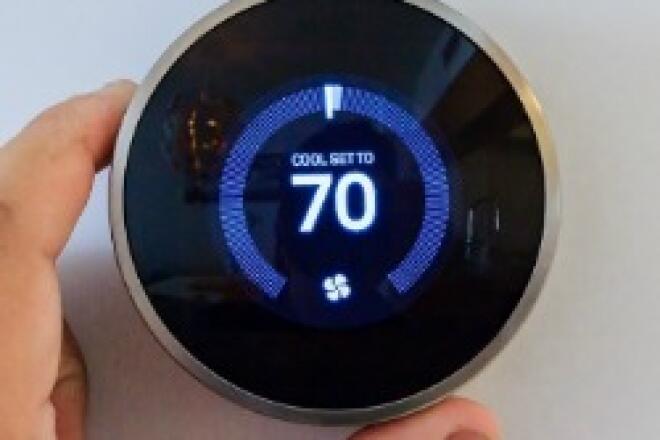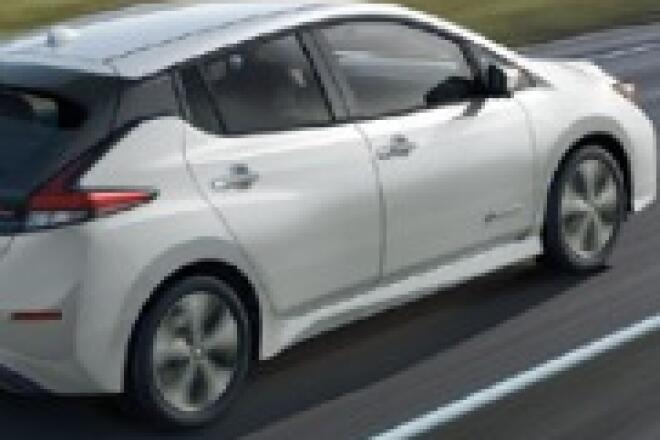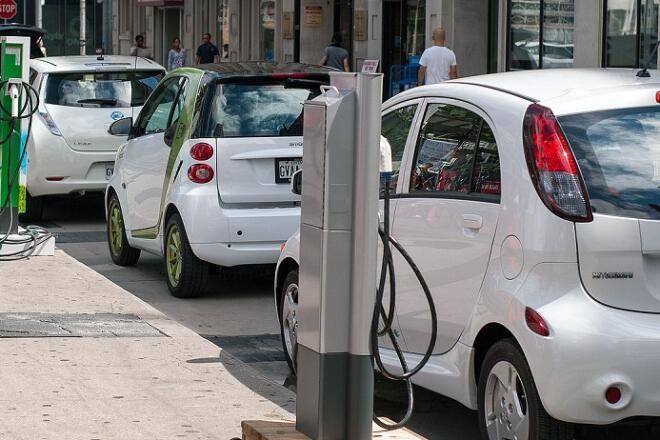
4 Common Myths About Electric Vehicles
Electric vehicles (EVs) continue to rise in popularity with each passing year, yet despite this trend, many consumers are unaware of many of the benefits that EVs can provide over gas-powered cars.
Even as some automakers begin phasing out internal-combustion engines, there are some misconceptions about EVs that just keep sticking around.
Let’s look at four of these persistent myths and what the facts say today:
1. The batteries in electric vehicles don’t have enough range.
When the groundbreaking Nissan Leaf debuted in the United States about a decade ago, it only had a battery range of about 80-100 miles, depending on the specific model. And while the average American only drives about 35 miles per day, it’s understandable why some consumers would balk at this low figure when you consider road trips and other trips outside the daily commute.
However, due to improvements in battery technology, it’s a whole new playing field today. For example, Lucid Motors’ Air Dream Edition recently received a range of 520 miles from the Environmental Protection Agency (EPA), the longest certified range to date.
But it’s not just luxury models that have extended ranges today. Hyundai’s 2021 Kona Electric has an EPA-estimated range of 258 miles, and Ford’s electric Mustang – the first EV as part of a major push from the American automaker – can get over 300 miles on a single charge.
If range anxiety was holding you back from purchasing an EV, it’s time to look again.
2. Electric vehicles are much more expansive than gas-powered cars.
Another common myth about EVs is that they’re much more expensive than equivalent cars with internal-combustion engines – but is this still true today? To some extent, that depends on whether you’re looking at the sticker price of the vehicle or the total costs of ownership of the years, which includes maintenance and fuel costs.
A report published in October 2020 from Consumer Reports had some interesting findings on this point. According to their analysis, while you could pay a bit more upfront for an EV compared to a similar gas-powered vehicle, “the typical total ownership savings over the life of most EVs ranges from $6,000 to $10,000”.
In addition to the savings from fuel and maintenance costs, electric vehicles are expected to become cheaper than gas-powered cars by 2027 as battery costs continue to decline. If you purchase an EV, you could also be eligible for tax credits from the federal government or other incentives. And, finally, the increased availability of lightly used EVs will also bring down the price tag for many; for example, a three-year-old Nissan Leaf costs just $13K on average.
While it’s still true today that EVs can have a slightly higher upfront cost, when you look at the lifetime of the vehicle, an EV could be a great decision for your wallet.
3. Electric vehicles aren’t any better for the environment.
While there are many reasons to purchase an EV today – you might like the look of the Tesla or not having to worry about fluctuations in gas prices – the environmental benefits are still a major driver for many consumers. Yet, some question whether EVs are better for the environment, particularly when you consider mining for cobalt and other minerals for the batteries.
However, there are many studies to the contrary, including one published this summer from the International Council on Clean Transportation. This study found that an electric vehicle will release significantly fewer greenhouse gases than a gas-powered car over its lifetime – from mining the raw materials to its final mile on the road. And this finding holds true across the globe, even when the power grid relies heavily on coal.
The new study found that building an EV is still more carbon-intensive than a gas-powered car; however, the EV eclipses the gas-powered car after a year, and drivers reap the environmental benefits every year after that. And as power grids in the U.S. get cleaner every day, EVs are becoming an even more environmentally friendly option.
In addition, companies are looking at ways to reuse the batteries once they’re no longer suitable for use in automobiles. For example, one California company is using “second-life” Nissan Leaf batteries for energy storage on the grid, which keeps the batteries out of landfills and helps us transition to more renewable energy.
4. There are only a few options to drive – and no trucks or SUVs.
Fortunately, Tesla’s popularity in the media has gone a long way toward showcasing the various range of EVs available today. Back in 2010, the EV innovator only offered its Roadster sports car, but today, the company offers a crossover SUV and several sedans and has the Cybertruck launch planned for next year.
However, if you haven’t been paying attention, you may be surprised by the range of EVs that are available today and the array that are planned for the next few years. A list published in Roadshow this year highlights 22 available models, including Rivian’s R1T truck, an electrified Mini Cooper, Volkswagen’s ID4 SUV and other options from Hyundai, Jaguar, Audi and Kia.
While this has been a huge increase compared to just a few years ago, it’s only the beginning. Another list from Car and Driver showcases some of the models that are slated for the next couple of years, including Ford’s electric Explorer and electric F-150. Most major automakers have announced huge investments in EVs, and while we have a lot of options today, we’re likely to see many more by 2025.
Electric vehicle technology has come a long way over the last several years – we’re now seeing an array of new models with longer battery ranges, lower sticker prices and proven environmental benefits. If you haven’t considered EVs recently, it may be time to look again and see if they are a good fit for you.



